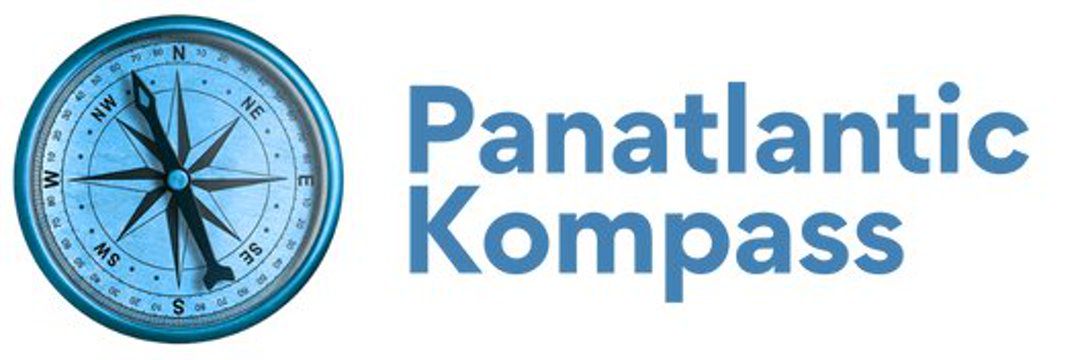Canada’s study permit approvals have dipped by 60% in 2025 compared to 2024.
Pan-Atlantic Kompass reports that official data released by Immigration, Refugees and Citizenship Canada (IRCC) confirmed that the era of booming international enrollment appears to be ending.
Breakdown of the official data revealed that the number of new international student arrivals plummeted by nearly 69% in the first seven months of 2025 compared to the same period the previous year.
The drop in Canada’s study permit approvals was evident in the new study permit holders recorded in August 2025, which totaled just 45,380, down sharply from 79,795 recorded in August 2024. This represents a decline of 43.1%.
When comparing year-over-year, there have been 132,505 fewer new student arrivals between January and August 2025, as compared to the same period in 2024.
From January to August 2025, Canada’s study permit approvals numbers stood at 89,430.
Aside from study permit approvals, in August 2025, Canada recorded 16,890 new temporary foreign worker arrivals.
This figure is slightly lower than the previous month’s total of 18,450.
Year over year, the drop is much more pronounced. From June through August 2025, the total number of new worker arrivals in Canada was 59,365.
This is a 35% decrease from the same period last year, during which there were 91,695 new worker arrivals.
In total, from January to August 31, there were 243,945 student and temporary worker arrivals in Canada.
This is 278,900 fewer arrivals than the same period last year.
The decrease in arrivals comes after a series of policy changes made by the federal government with the intention of reducing Canada’s temporary resident levels to below 5% of Canada’s overall population.
Pan-Atlantic Kompass reports that the drop in Canada’s study permit approvals comes after the decision to cap the intake of international students and implement tighter eligibility norms under the International Student Program.
For 2025, IRCC capped the total number of study permits at 437,000, representing a 10% decrease from the 2024 cap. This restriction was intended to manage growth and, crucially, address challenges in housing, healthcare, and public services caused by high student populations.
Stricter Proof of Funds (POF)
Pan-Atlantic Kompass reports that one of the major reasons for the drop in Canada’s study permit approvals is the introduction of A major financial hurdle, which was a new proof of funds requirement.
Effective September 1, 2025, the minimum required Proof of Funds (POF) for living expenses (excluding tuition and transportation) for a single applicant increased from CAD $20,635 to $22,895.
The financial requirements become higher for those bringing a family. For instance, a student traveling with a spouse and one child is now required to demonstrate access to a minimum of $35,040 CAD annually.
Post-Graduation Work Permit (PGWP) changes
In line with the student cap, Canada has also revised its Post-Graduation Work Permit (PGWP) Program, which previously allowed most international graduates to work in Canada for up to three years after completing their studies.
The updated policy now restricts eligibility to programs and institutions that align with national immigration and labour goals. This means certain private college partnerships and shorter-duration programs no longer qualify, leading many prospective students to reconsider their study destinations.
These measures have not only affected new study permit issuances but have also slowed down the transition of international graduates into the labour market, indirectly reducing the overall number of temporary residents.
The Provincial Attestation Letter (PAL)
Since January 22, 2024, most post-secondary study permit applicants must first secure a Provincial Attestation Letter (PAL or TAL for territories) from their respective province before applying to IRCC.
This letter essentially confirms that the applicant falls within the province’s allocated quota of study permit applications.
The introduction of the PAL system created a major administrative bottleneck. It shifted responsibility for student quota management to provincial governments, adding a mandatory, non-negotiable step that caused significant complexity and delays throughout the critical 2025 intake period. Furthermore, IRCC introduced a new rule mandating that Designated Learning Institutions (DLIs) verify each Letter of Acceptance (LOA) before a study permit is issued, an anti-fraud measure that nonetheless adds complexity and processing time for all involved parties.





